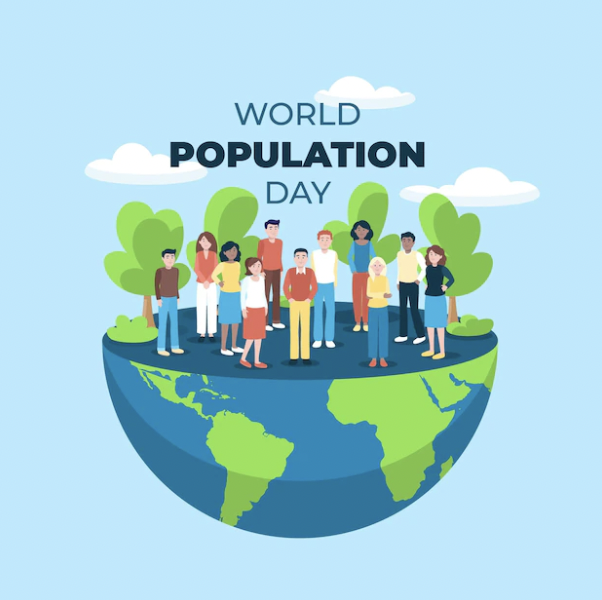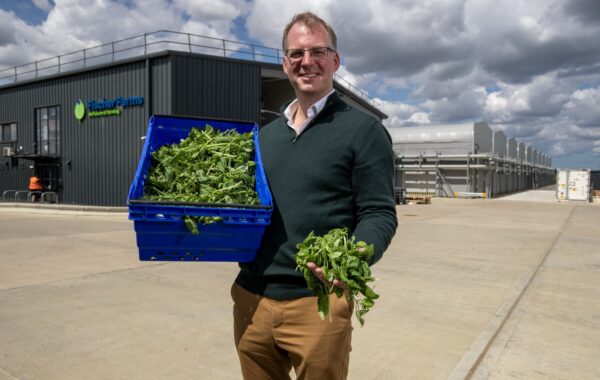
Vertical farming brings hope as soaring population threatens food security
The global population currently sits at 8.2bn and the size of the consumption-hungry middle class has reached around 2bn – the same as the total global population in 1950.
As the number of people on our planet continues to soar, so do population related issues, including increased pressure on our natural resources and immense strain on food security.
Couple the rising headcount with climate change induced weather extremes and export challenges, and our food supply chain quickly unravels. This is why the need to find new, sustainable ways of feeding the world has never been more critical.
This World Population Day (11th July), Fischer Farms – the vertical farming pioneers behind one of the world’s largest vertical farms – are shining a spotlight on the role that vertical farming can play in addressing how we feed a growing population.
Tristan Fischer, Founder and CEO of Fischer Farms, said: “Vertical farming has the potential to transform food production capabilities in some of the most populous countries in the world.
“For countries with rapidly growing populations and unstable weather conditions, producing field-grown produce has become increasingly volatile in recent years. Vertically farmed produce could transform their access to fresh produce and high-calorie staples like rice, soy and wheat.
“The benefits are clear to see. Vertical farming can produce yields 250 times greater than field grown crops, uses 95% less water than traditional farming methods, and is completely independent of weather conditions. It uses no pesticides, herbicides and insecticides, and removes the issues typically associated with traditional farming, such as topsoil erosion or chemical run-off. Put simply it delivers more food, using less space and natural resources, limiting its impact on the environment.
“At Fischer Farms, our ultimate goal is to feed the world with nutritional, high-calorie foods, powered by 100% renewable energy. Currently, vertical farming technology is employed to produce fresh produce, such as salads and leafy greens, grown all year round in a stacked, biosecure, climate-controlled environment.
“However, this technology will soon be used to grow soft fruits, and we believe within the next decade, vertical farming will have developed the capability to grow calorific staples, such as rice and wheat and protein staples, such as peas and soya beans, sustainably at scale, at price points that compare favourably to global commodity prices.
“Our vertical farming infrastructure can be established in almost any country in the world, regardless of climate and soil quality. This provides a significant opportunity for economically disadvantaged and water-scarce regions to transform their food supply chains and revolutionise their economies by ultimately evolving from net food importers to becoming entirely self-sufficient.
“With the global population showing no signs of slowing down, vertical farming offers real hope for bolstering our food security, whilst reducing our impact on our planet.”



